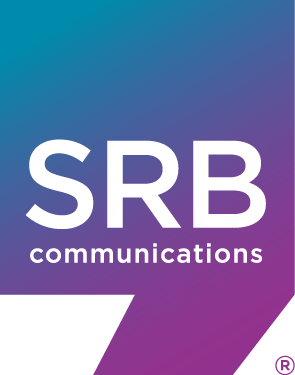News & Insights
Mastering Client Relations: Best Practices for Account Management

In the world of communications, effective account management is more than just managing projects – it's about nurturing relationships, maintaining communication, and balancing the needs of both the client and your internal team. As an account manager, you are the bridge between the client and your company, responsible for ensuring that both sides stay aligned and satisfied. Below are some best practices for account management that will help you excel in this multifaceted role.
Build Strong Relationships
One of the core responsibilities of an account manager is building trust with clients. This starts by understanding the key decision-makers within your client's organization and developing personal connections that go beyond transactional interactions. Showing genuine interest in your client's business needs—whether they are personal or professional—fosters long-term partnerships. The more invested you are in their success, the more likely they are to trust your guidance.
Communicate Effectively
Account managers need to be excellent communicators, both externally with clients and internally with their team. Establish clear lines of communication to avoid misunderstandings and ensure everyone is on the same page. Setting a regular communication cadence, such as weekly check-ins, keeps the relationship strong and helps avoid issues from being overlooked.
William Rosser, Account Director at SRB Communications, emphasizes the importance of consistent communication: “Touching base with clients once a week, asking for any guidance, and being an advocate for both sides is key.”
Leverage Technology
Utilizing technology like a Customer Relationship Management (CRM) system can help streamline your workflow. CRMs allow you to manage tasks, track client interactions, and automate routine processes. This not only saves time but also ensures that no client is forgotten or neglected. Automation can be particularly useful for scheduling follow-ups and sending reminders, allowing you to focus on more strategic aspects of the relationship.
Set Clear Plans and Goals
A successful account manager always looks ahead. Lay out clear plans of action for each client, with measurable objectives that align with their long-term goals. In this case, use key performance metrics (KPIs) to track the progress of a business, organization, or individual’s goals for insights into how well your strategies are working and where adjustments may be needed. Proactive account management involves anticipating potential issues and adjusting before problems escalate.
Personalize Service for Each Client
Every client is different, and one-size-fits-all solutions won’t cut it. Individualize your approach to each client’s specific needs and preferences. Tailoring your service shows that you understand and care about their unique challenges, further strengthening your relationship. This also includes ensuring a seamless transition from the client to the account management team, so clients feel supported from day one.
Focus on Key Accounts
Not every client will require the same level of attention, so it's essential to identify key accounts that have the potential for long-term value. These are the clients that have the most strategic importance or potential for long-term value, requiring additional attention to ensure their goals are met and the partnership thrives. By focusing on these accounts, you can allocate your resources more effectively and drive growth for both the client and your company.
Conclusion
Being an effective account manager requires a combination of communication and relationship-building skills. By focusing on strong relationships, clear communication, and personalized service, you can ensure that both your clients and your team are aligned and successful. Utilize technology like CRMs to stay organized and track performance and always be proactive in addressing potential challenges. Ultimately, mastering these best practices will help you become an invaluable asset to both your clients and your company.



